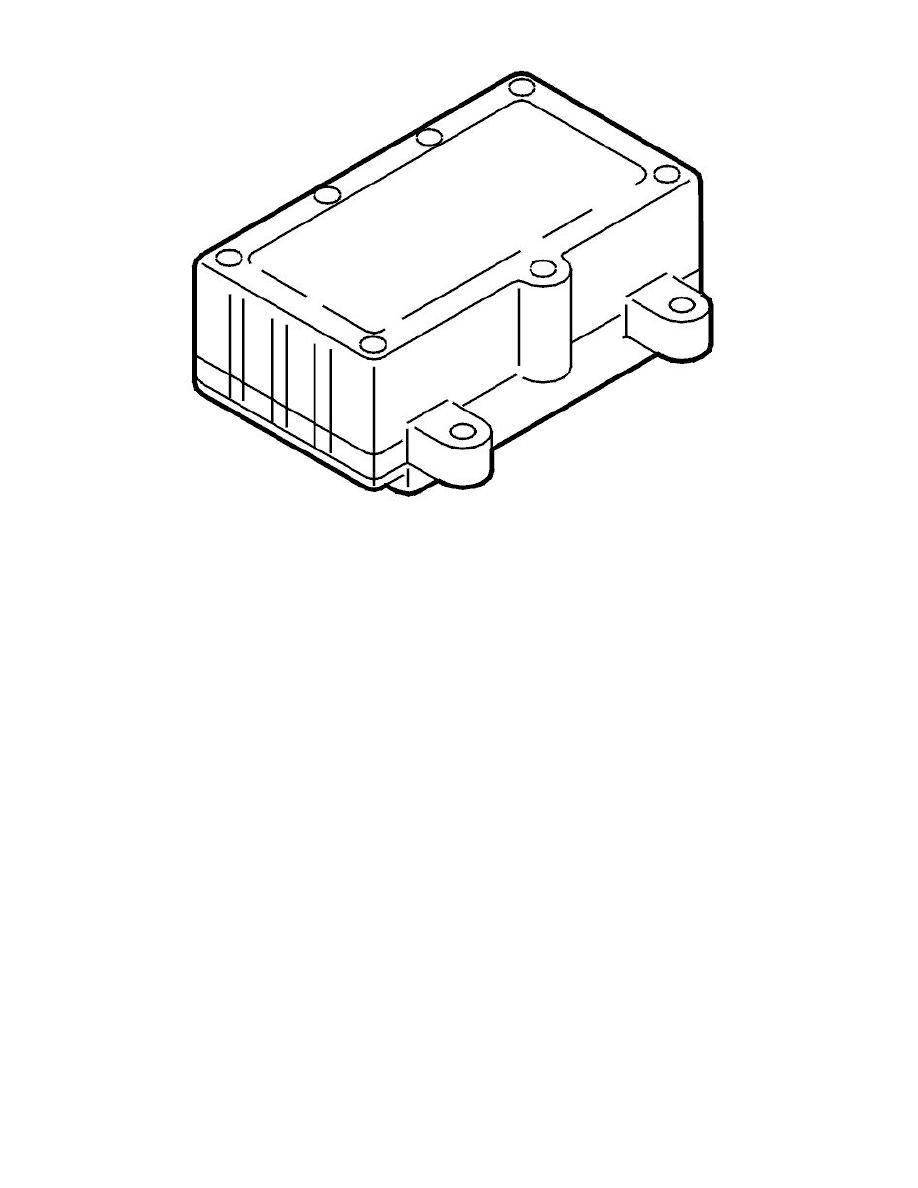S80 T6 L6-2.9L Turbo VIN 91 B6294T (2002)

The engine cooling fan (FC) has two functions. One is to cool the engine compartment, the other is to cool the condenser when the air conditioning (A/C)
compressor is working.
The engine control module (ECM) transmits a pulse width modulated (PWM) signal to the engine cooling fan (FC) control module. The control module
then activates the fan at one of three different speeds. The speed of the engine cooling fan (FC) is determined by the engine control module (ECM),
depending on the coolant temperature (based on the signal from the engine coolant temperature (ECT) sensor) and the vehicle speed.
When the vehicle is stationary, the engine cooling fan (FC) is activated as follows:
-
the first stage is activated at approximately 105 °C and shut of at approximately 100 °C
-
the second stage is activated at approximately 110 °C and shut of at approximately 105 °C
-
the third stage is activated at approximately 115 °C and shut of at approximately 110 °C.
Note! The engine cooling fan may have a post-run of up to approx. 6 minutes after the engine has been turned off. The time for the fan's
post-run depends on engine temperature, temperature in the engine compartment and pressure level in the AC-system.
Warning! Be careful since the engine cooling fan may have a post-run after the engine has been turned off.
The engine cooling fan (FC) and its control module are behind the radiator.
The engine control module (ECM) can diagnose the engine cooling fan. The fan can be activated using VIDA.
Mass air flow (MAF) sensor
